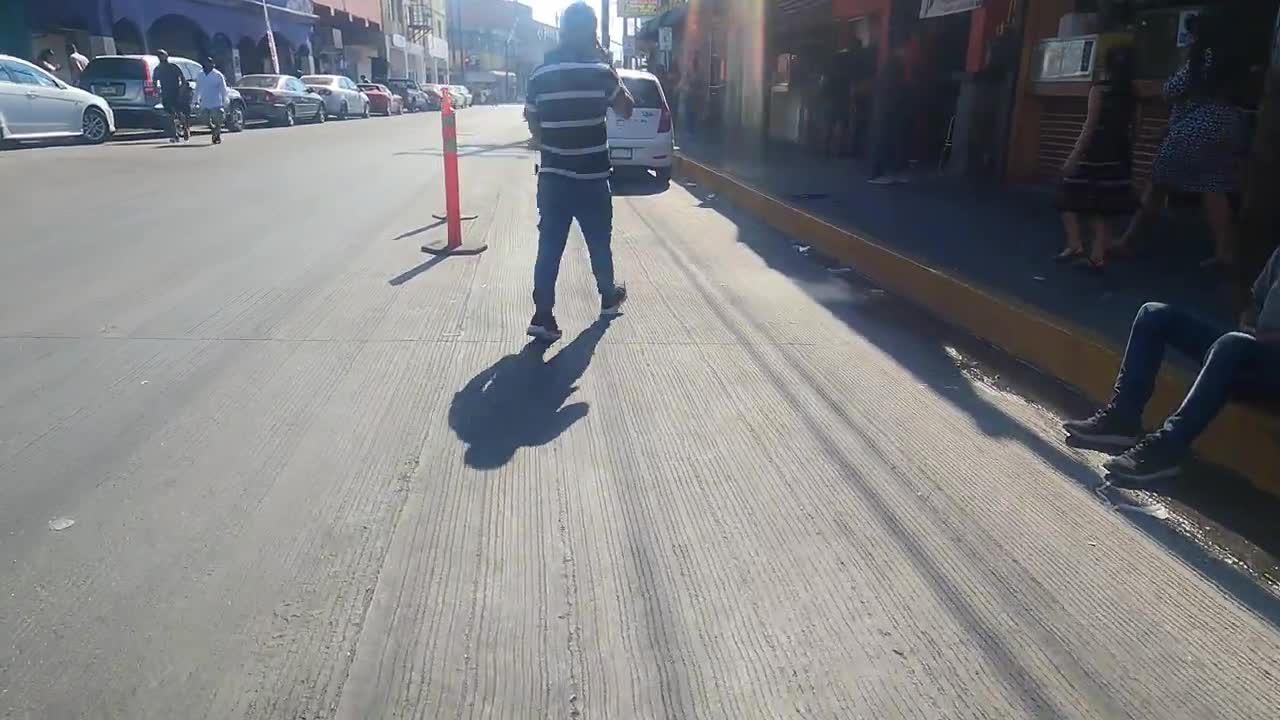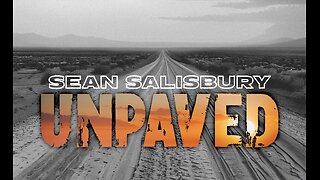Premium Only Content

Zona Norte Tijuana(2021)Walk Tour Zona Norte Tijuana Mexico|Did I Get Beat Up Recording Prostitutes?
I am famous for going around places in Latin America and filming via go pro prostitute zones!Today is when I went to a zona de tolerancia in Mexico and I done record dem hoes.If you want to see if I get beat up for doing it or not you have to watch it all the way through(ahh sucker)If your wondering what a ho train is and who the other voice is ..well you need to watch more 80's/ 90's pro wrassling is all I can say...
Join Robinhood with my link and we'll both get free stock 🤝 https://join.robinhood.com/briand-4987bcb
https://www.referyourchasecard.com/18g/S5XBOCF5JH
wiki
#ZonaNorte (officially Colonia Zona Norte, "North Zone (neighborhood)") is an official neighborhood, as well as a red light district located in Tijuana, Mexico. It is among the largest red-light districts in North America known for its brothels, which present themselves in public as strip clubs and bars, similar to gentlemen's clubs in the United States.
Many bars and strip clubs in Tijuana's red light district in which women are the feature entertainment also operate as brothels, which offer attached hotel rooms for short intervals of time. Many other bars, styled "lady bars", function as less explicit social clubs where #prostitutes and nude #sex shows are not accommodated on site, but fichas (drinks for the working ladies) are offered at elevated prices, and freelance prostitutes look for clients.
These compare in most respects to the hostess bars in Japan. The red light district in Tijuana is also known for street prostitution, particularly behind the main strip clubs on Calle Coahuila, in a large high-traffic alley named "Primer Callejón Coahuila".
Illicit drug sales are also common to the red light district, which happens night and day in plain view because the local police tolerates it in the form of collecting their commission. The dealer's selling phrase is "¿Cuantos?" meaning "How much?" in Spanish. Heroin use and theft, not common elsewhere in Mexico, are rampant here.
Due to its proximity to San Diego, California, it is frequented by US citizens, as well as locals. The district is also known as La Coahuila for the name of the primary avenue that runs through it.
Zona Norte is bordered by Downtown Tijuana on the south, Zona Río on the east, San Diego and the Mexico–United States border on the north, and colonia Castillo on the west. Politically, the Zona Norte neighborhood is part of the Delegación Centro Tijuana's red light district itself encompasses just a couple of blocks within Zona Norte.
The unofficial boundaries of the red light district extend from Avenida Revolución to Av. Miguel F. Martinez, east to west, and from Baja California to Calle Primera, north to south. The focal point of the red light district, however, is the core block bordered by Calle Coahuila on the north and Primer Callejón Coahuila on the south between Constitucion and Niños Heroes.
Prostitution is permitted in Tijuana's red light district, designated a zona de tolerancia, or "tolerance zone." Legal prostitution within the city requires sex workers to obtain a permit and be subjected to monthly health checkups.[2] Brothels in Tijuana, many of them modeled on strip clubs and hostess clubs, must also conform to certain health regulations, such as standards of cleanliness, fixed operating hours, and be placed a regulated distance from schools or day care centers.[
In addition to established brothels, there are prostitutes who work outside on the callejones or alleys and are referred to as paraditas, Spanish for "the standing girls", for their practice of standing on the street to advertise their services. Paraditas have been regarded as part of Tijuana's cultural history, and attempts to force the women off the streets to curb such public advertising have proven unpopular and unsuccessful.] These street workers are legal prostitutes who simply prefer the relatively quiet environment of the street to the loud music and smoky atmosphere of the bars.
Illegal drug sales occur in Zona Norte.[ Substance abuse is not uncommon. 10% of hospitalizations in Tijuana are for alcoholism.
A book found that many of these girls lie about their age, saying they are 19–22, and do not work the streets, but special brothels. The study suggests much of trafficking claims are exaggerated by organizations with political, moral, and religious agendas.
-
 46:56
46:56
The White House
2 hours agoPress Secretary Karoline Leavitt Briefs Members of the Media, Aug. 19, 2025
2.69K14 -
 LIVE
LIVE
Sean Unpaved
1 hour agoFootball Flashpoint: Bengals' D in Distress, Colts' Bet on Jones, & Micah's Trade Talks
253 watching -
 LIVE
LIVE
StoneMountain64
1 hour agoBest Extraction shooter is FINALLY on Console (+CoD Reveal Today)
105 watching -
 2:57:22
2:57:22
Right Side Broadcasting Network
5 hours agoLIVE REPLAY: White House Press Secretary Karoline Leavitt Holds a Press Briefing - 8/19/25
36.7K26 -
 1:03:48
1:03:48
Timcast
2 hours agoGavin Newsom SURGES In Polls, COPIES Trump's Style
99.6K71 -
 4:37
4:37
Michael Heaver
7 hours agoBusted France Faces UPRISING
3832 -
 10:45
10:45
Dr. Nick Zyrowski
1 day agoDoctors Got It Wrong! This Causes of Obesity - NOT Sugar
5.7K8 -
 1:57:57
1:57:57
The Charlie Kirk Show
2 hours agoSummit Aftermath + America's Energy Revolution + Where Russiagate Will Lead | Wright, Solomon
33.7K10 -
 2:00:15
2:00:15
Steven Crowder
4 hours agoTrump's Huge Meeting Shocks the World & the Media is Dumbfounded
246K184 -
 LIVE
LIVE
Viss
2 hours ago🔴LIVE - How to Consistently Win in PUBG!
114 watching